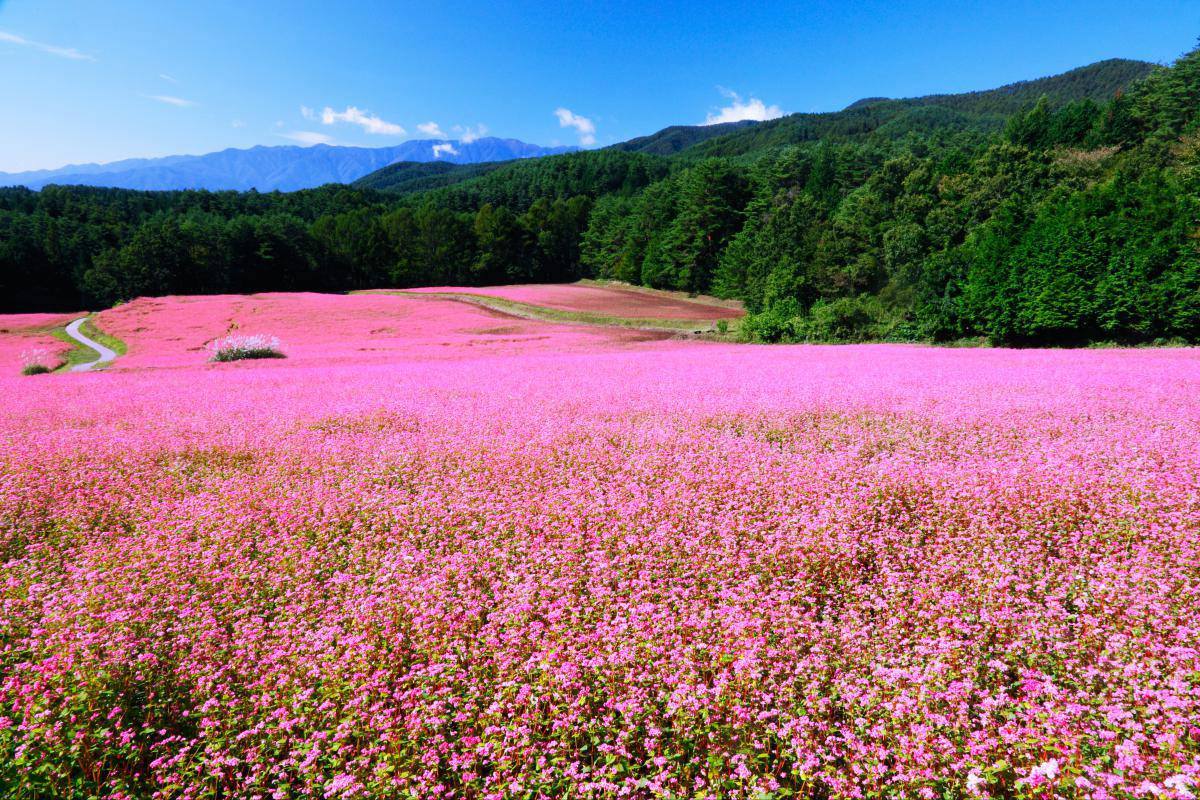The ultimate guide to Ha Giang loop weather by season
Understanding Ha Giang Loop weather is essential for planning an unforgettable motorbike adventure. The region experiences distinct seasonal changes, each offering unique landscapes, challenges, and experiences. Whether chasing golden rice fields, misty mountain roads, or lush green valleys, knowing what to expect each season ensures a safe and enjoyable journey. For those looking to embark on a Ha Giang Loop motorbike trip, this guide breaks down the weather conditions by season and provides useful tips for preparation.
Spring (March to May) – Blooming Flowers and Mild Temperatures
Spring in Ha Giang brings comfortable temperatures ranging from 15°C to 25°C, making it an ideal time to explore the loop. The weather is mostly dry, and the mountains burst into color as peach and plum blossoms bloom across the hillsides. The clear skies and moderate temperatures create perfect riding conditions for those seeking a smooth Ha Giang Loop motorbike experience.
However, occasional spring drizzles can make the roads slightly slippery. Packing a lightweight rain jacket and ensuring tires have good grip can help maintain safety on the winding roads. Staying at a well-located accommodation like Hostel in Ha Giang provides a convenient base before starting the journey.

Summer (June to August) – Green Landscapes and Sudden Showers
The summer months bring hot temperatures ranging from 25°C to 35°C, with increased humidity and frequent afternoon showers. While this season turns the rice terraces into a stunning green paradise, heavy rains can lead to slippery roads and occasional landslides. Riding the Ha Giang Loop motorbike route during this season requires extra caution, particularly on steep and winding paths.
Carrying a waterproof bag for belongings and wearing high-quality rain gear ensures comfort during sudden downpours. Early morning rides are advisable as rainfall is more common in the afternoons. Travelers looking for local guidance on road conditions can check with Hostel in Ha Giang before setting out.
Autumn (September to November) – Golden Rice Fields and Cool Breezes
Autumn is considered the best season to explore Ha Giang, with temperatures ranging from 20°C to 28°C. This period is famous for the breathtaking golden rice terraces in Hoang Su Phi and along the loop. With minimal rainfall and clear skies, the riding conditions are optimal, attracting adventurers from all over the world.
This is also the peak season, meaning more tourists on the roads and in villages. Booking accommodations in advance, such as Hostel in Ha Giang, ensures a smooth experience. Morning and late afternoon rides offer the best lighting for photography, while midday sun can still be strong, so sun protection is recommended.

Winter (December to February) – Chilly Mornings and Misty Roads
Winter in Ha Giang brings a completely different atmosphere, with temperatures dropping to 5°C in the higher elevations. Misty mornings and occasional frost in areas like Dong Van and Meo Vac create a surreal landscape, but riders should be prepared for cold conditions, especially on early morning departures.
Layered clothing, insulated gloves, and windproof jackets are essential for a comfortable ride. The roads can become foggy, reducing visibility, so extra caution is required when navigating the Ha Giang Loop motorbike route. Hostel in Ha Giang provides a warm place to stay and gather insights on the safest routes before heading out.
Tips for Choosing the Best Season to Ride
Selecting the best time to ride depends on personal preferences and riding experience. For beginners, autumn and spring offer the most stable conditions, while summer and winter require more advanced skills due to unpredictable weather. Checking local forecasts before departure and having a flexible itinerary can help adjust for unexpected weather changes.
No matter the season, the Ha Giang Loop remains one of the most rewarding motorbike adventures in Vietnam. By understanding the seasonal weather patterns and preparing accordingly, travelers can ensure a safe and memorable journey through Vietnam’s stunning northern landscapes.
